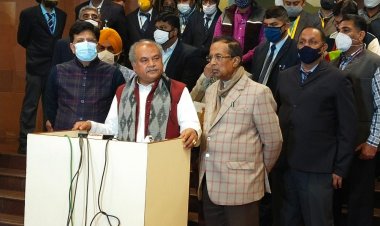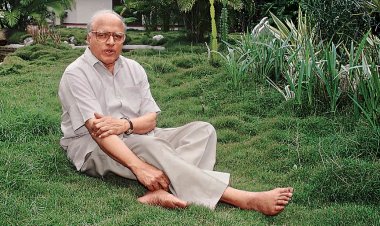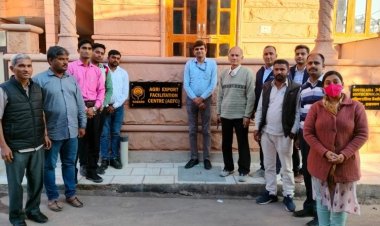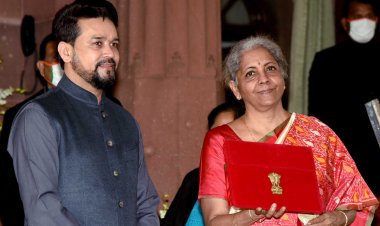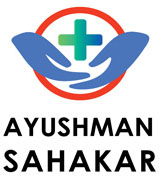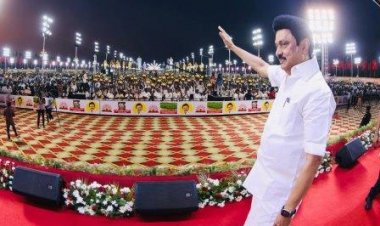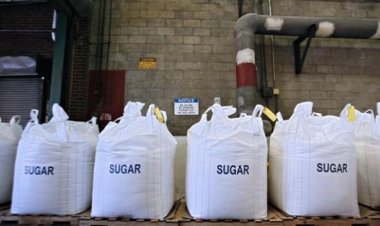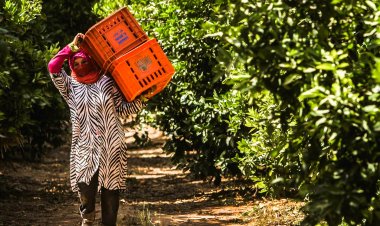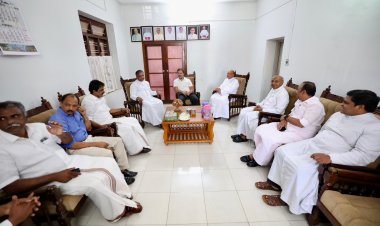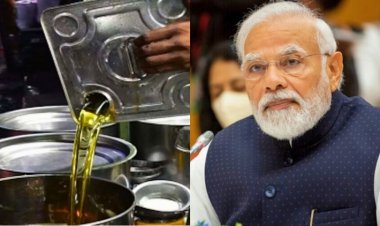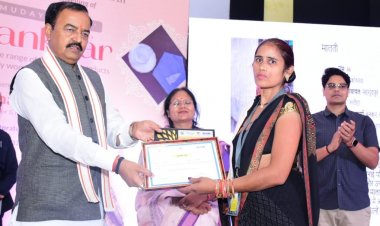Social justice is an issue in UP elections
The Budget allocations for transport, police, health and family welfare, energy, social welfare and nutrition, urban development, irrigation and flood control, and water supply and sanitation in the State were higher in 2021-22 than those in 2020-21. However, allocations in some important sectors of the state economy were less than the previous year, as examined in this article.
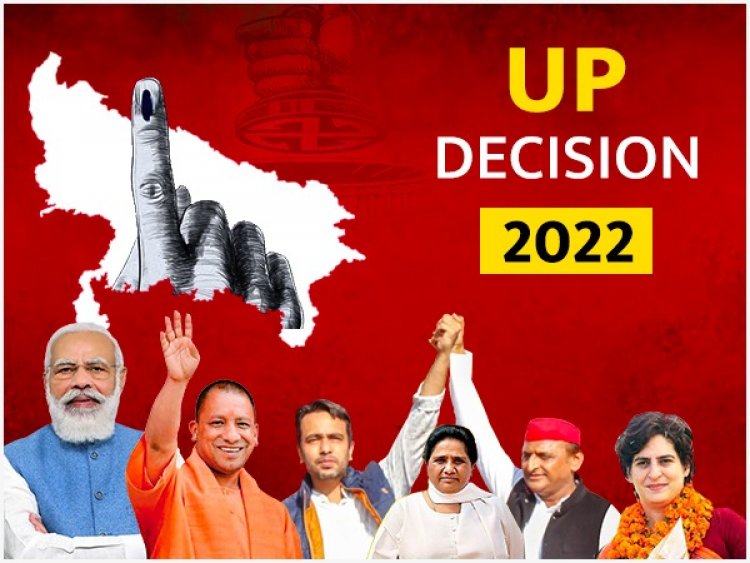
Two rounds of polling have been held for the Uttar Pradesh (UP) Assembly elections and the third round is scheduled for February 20. Political parties have been campaigning intensively. Umpteen videos and comments are available on social media. Even senior ministers in the central government have been canvassing to mobilize the voters. It is perhaps for the first time that such a phenomenon has been observed in the politics of the State. Non-issues are being projected as issues by the political parties to entice voters into their fold. But those who are a bit conscious about the issues are vocal and assertive. The most vocal among them are the farmers, who are raising issues of double income, provisions for the farmers in the budget, employment, etc.
Some videos have been floated on social media about king Mihir Bhoj Gurjar and the treatment given to his statue at Dadri in Gautam Buddha Nagar. But the real issue connected with the people in general, and the marginalized ones in particular, is justice, which is a combination of employment, health, education and deprivation of access to basic social services. The Budget analysis of UP for 2021-22 is being given here to make voters aware so they may ask relevant questions from those who are contesting the elections, irrespective of their political affiliation. The Budget analysis by the PRS Legislative Research has been used to frame the argument in this piece.
The Budget allocations for transport, police, health and family welfare, energy, social welfare and nutrition, urban development, irrigation and flood control, and water supply and sanitation in the State were higher in 2021-22 than those in 2020-21. However, allocations in some important sectors of the state economy were less than the previous year, as examined in this article. The Budget Estimates (BE) of 2020-21 was Rs 31,402 crore for rural development, which was reduced to Rs 27,455 crore as BE 2021-22, indicating a reduction of 13 per cent. Conversely, in the case of urban development, the BE 2020-21 was Rs 20,461 crore, which was scaled up to Rs 23,980 crore as BE 2021-22, indicating an increase of more than 17 per cent. If the BE 2021-22 of this department is compared with the Revised Estimates (RE) for 2020-21, it indicates an increase of as much as 58 per cent. This implies that urban development has been given more importance than rural, while the problems of the urban areas may themselves have developed from a neglect of the rural ones. Adopting a viable strategy for rural development could be instrumental in nipping the problems in the bud. The analysis further reveals that out of the total expenditure in the State, 5.4 per cent was for rural development, which is lower than the average allocation for rural development by states (6.1 per cent) in the country.
In the case of education, including arts and culture, although BE 2021-22 (Rs 67,683 crore) was four per cent higher than BE 2020-21 (Rs 64,805 crore), the RE 2020-21 was reduced by as much as 18 per cent (Rs 53,043 crore) in comparison to the latter. This shows that the allocated funds were not used entirely. If we compare this to other states, we find that 13.3 per cent of the total expenditure was allocated to education in UP, which is lower than the average allocation (15.8 per cent) for education by all states (BE 2020-21). In the case of agriculture, the State has allocated 2.7 per cent of its total expenditure towards agriculture as allied activities, which is significantly lower than the allocation (6.3 per cent) for agriculture by all states.
Health is another important issue. The World Bank, Niti Aayog and the Ministry of Health and Family Welfare have jointly brought out the “Healthy States, Progressive India — Report on the Ranks of States and UTs” recently. The report shows where states and UTs stand on the health status of the people. Among the large States numbering 19, the state of UP stands at the bottom. Kerala has topped the states and Tamil Nadu achieved second place. Why is this so? The reason might be the less fund allocation for this sector in UP, which is evident from the fact that although BE 2021-22 was enhanced by 22 per cent as compared to BE 2020-21, the RE 2020-21 was reduced by 21.53 per cent. It is business as usual.
Unemployment is one of the major problems being faced by the youth and others. In addition to this, there is also the problem of underemployment or disguised unemployment in the economy in general and rural in particular.
Agriculture, manufacturing and services sectors contributed 23 per cent, 27 per cent and 50 per cent respectively to the economy during 2019-20. It is noticed that the growth of these three sectors has reduced in 2019-20 as compared to the year 2018-19. The conventional theory of development says that the growth in the secondary and tertiary sectors meets its manpower requirement from a shift in the workforce from the agriculture sector. But this is not happening in the case of India, where the secondary and tertiary sectors are either capital-intensive or use manpower-displacing technologies. In such a situation, local models in the form of agri-business and agri-centric ones might have been thought of and operationalized accordingly.
What was the solution envisaged to this problem by the government during its tenure and what steps were taken? This might have been told by the political leaders to the voters. In the same way, the opposition may also have apprised voters of the strategy they had suggested but were not put into operation. Instead of giving catchy slogans on the basis of religion, caste and regionalism, development and social justice might have added maturity to the election campaign.
This piece has been written with the purpose that voters may become aware of the real issues which they have to grapple with and ask relevant questions from those who are approaching or requesting them for votes.
(The author is a former officer of the Indian Economic Service. The views expressed here are his own.)












